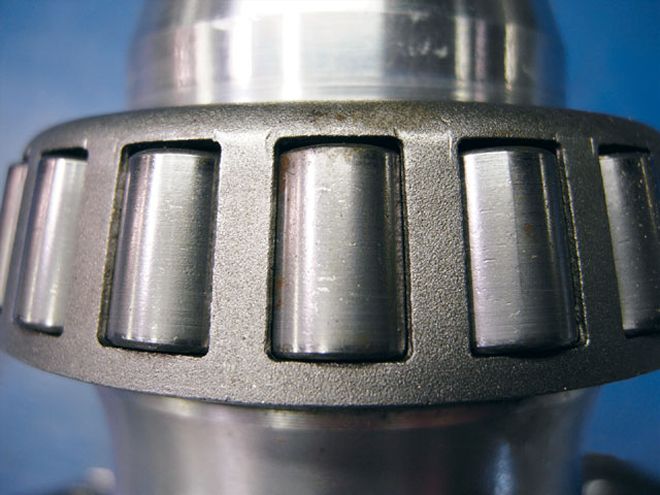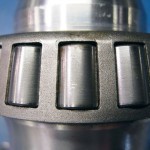When RoughTrax carried out mechanical repairs we were often brought trucks with various droaning, humming or rumbling drivetrain bearing type noises. The initial task was to determine where the noise is coming from. Here we explain how to differentiate different bearing noises and what to look out for;
Wheel bearing noises
A wheel bearing noise more often than not has a constant rumbling or humming noise that with speed increases in pitch. This will help determine your initial inspection area.
Noises coming from the front
If the noise is coming from the front end, then turning the steering wheel from left to right will intensify the noise. For example: If you turn to the left and the noise increases, then this would typically indicate a faulty bearing on the right side due to the extra loading being placed on the worn bearing.
Clunking noises
If a severe clunking is heard from the front then look more-so towards the CV joints or indeed the prop-shaft UJ’s. Sounds coming from the prop-shaft can be transmitted through the shaft and into the actual axle casing, miss-leading you as to where the sound is actually coming from.
Noises coming from the rear
If the rumbling noise is from the rear then the same can be said as with the front if it is wheel bearing, however, as more loading tends to go through the rear differential than the front diff then pinion shaft bearings can too cause noises, this is a common problem.
Pinion bearing noises
If pinion bearings then look for tell-tale signs where the prop-shaft bolts onto the differential flange, usually you will have lift on the flange from 12 – 6 o’clock, also oil weeping from the pinion flange seal is another good indication.
Rumbling pinion bearing noises are typically different in the fact that when you accelerate the noise is heard quite violently yet when you come off the throttle on the over-run, the noise significantly changes, some-times even goes completely. This is the effect heard when the pinion bearing (usually front) becomes pre-loaded under acceleration and unloaded when not.
Bearing Imperfections
It doesn’t take much for a worn bearing to create a noise and of course bearings are generally inside a hub or axle casing the noises are escalated. The image below shows a pinion taper roller bearing with worn rollers, to the untrained eye even theses not so obvious imperfections in the rollers will cause bearing noises.

We hope these small pointers will help you to identify where your potential bearing noises are coming from, if nothing else its certainly good to have a general understanding prior to taking it to the garage.
If you do need to replace any of these bearings here are the links to our kits:
Front Wheel Bearings Rear Wheel Bearings Transmission - CV Joints, UJ's (Universal Joints), Pinion Bearings (for Front and Rear Differential)
